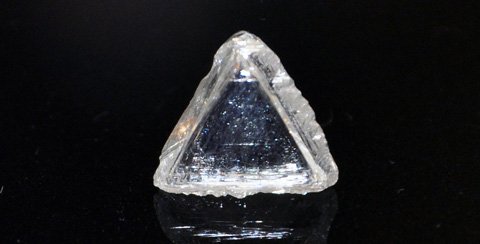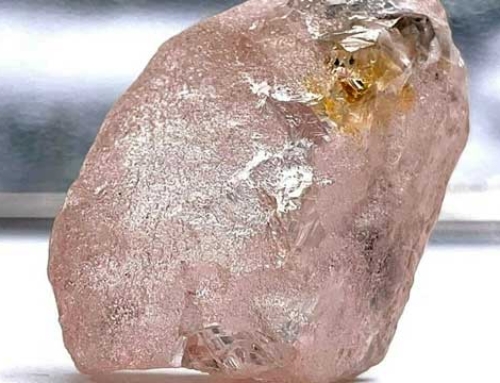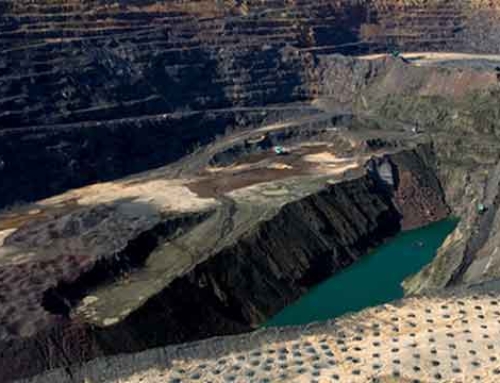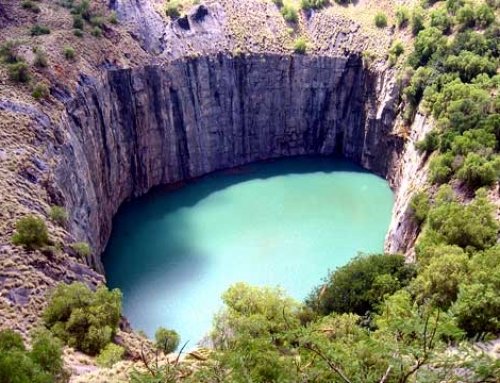Challenged by NGOs and the media, the natural diamond trade is increasingly pushing the sustainable development agenda.
Directed by Leonardo Di Caprio, the 2006 film Blood Diamond revealed a gallery of unscrupulous characters, navigating with ease through the civil war that was sweeping through Sierra Leone in the late 1990s. The collusion between the diamond trade and private military firms was brought to light with disturbing accuracy. The feature film ended with the signing of the Kimberley Process, which led to the launch of an international diamond certification scheme in 2003.
Fifteen years after the film’s release, the mining industry reveals a very different face. Seven major mining groups – including the Anglo-Australian leader Rio Tinto, the Anglo-African De Beers, and the Russian Alrosa – have decided to speak. Together, they are funding the Natural Diamond Council. The task of this new entity is to prove the solidity of the ecological commitments put in place by these seven giants, which alone account for 85% of the world’s production of rough diamonds. This production takes place mainly in southern Africa (notably Botswana), Canada, Russia and Australia.
“Mining groups have really taken the time over the last 15 years to question themselves. Their practices are now revolutionary,” says Mina El Hadraoui, who heads the French branch of the Natural Diamond Council. We are no longer in the pattern of groups that prospect and extract diamonds and then leave to sell them without worrying about anything else. “This questioning is leading to the development of procedures that limit the impact of mining activities on nature while encouraging economic growth in producing countries. How can this be done? By stimulating job creation, by promoting the construction of hospitals, schools, road networks, and by developing large-scale social programs. “In terms of contribution to local communities, the diamond mining industry brings in $10 billion each year.”
The De Beers Group, the world’s largest diamond producer by value, is the most eloquent spokesperson for this mea culpa-like goodwill. This diamond company, founded in 1888, unveiled a vast sustainable development plan aimed at optimizing the positive impact of diamonds, from their discovery to their marketing. This plan includes twelve objectives to be achieved over the next ten years. By 2030, the group will notably support 10,000 women entrepreneurs and involve 10,000 girls in Stim (science, technology, engineering and mathematics). “This program is a central element of our corporate strategy,” promises Bruce Cleaver, CEO of the De Beers Group.
The stakes are high. Challenged to implement strong sustainable development strategies by a new generation of consumers, the diamond trade must also face the offensive of new market players: brands promoting synthetic diamond (a stone manufactured in a laboratory), often presented as an ecological alternative to natural stone, at the cost of a certain lexical confusion. “Cultured diamonds do not exist,” recalls the Collectif Diamant association, which points out the misuse of this ambiguous term. “The synthetic mention is mandatory when it is a stone whose manufacture is caused totally or partially by man.” If the infamous “conflict diamond” has definitively worn out its calendar, the hatchet between the natural diamond industry and the synthetic diamond industry is not yet completely buried.







